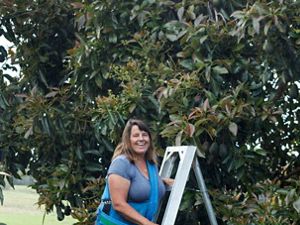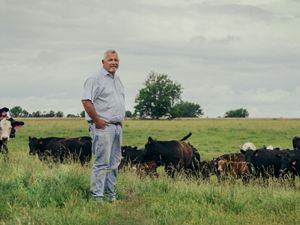Increasing the restoration and sustainable use of soil, water and other natural resources on a scale large enough to make a significant impact is daunting at times—but it’s important work that benefits us all. The best approach is often working with partners in strategic areas to address the most critical conservation needs with as many hands as possible.
The Regional Conservation Partnership Program, makes this approach possible. Starting with federal resources, RCPP brings new partners and new funding to the conservation table, maximizing the impact.
RCPP empowers communities and drives public-private partnerships to find local, innovative solutions to complex natural resource challenges for watersheds and landscapes. To date, RCPP has mobilized more than 2,000 conservation partners who have invested about $1.4 billion, doubling the amount of federal funding for these projects.














